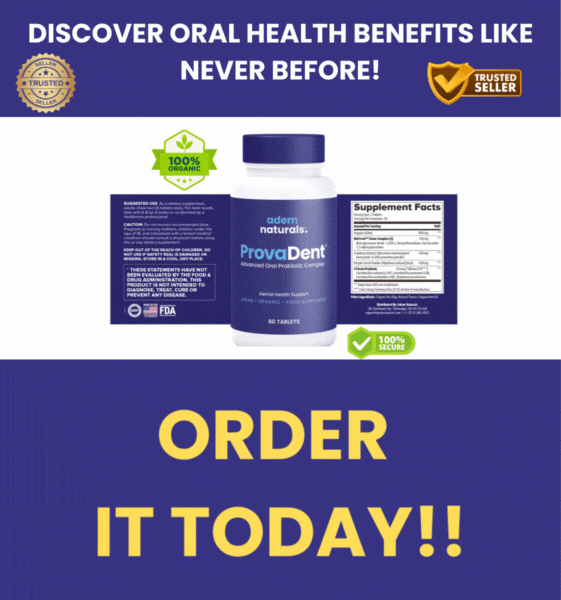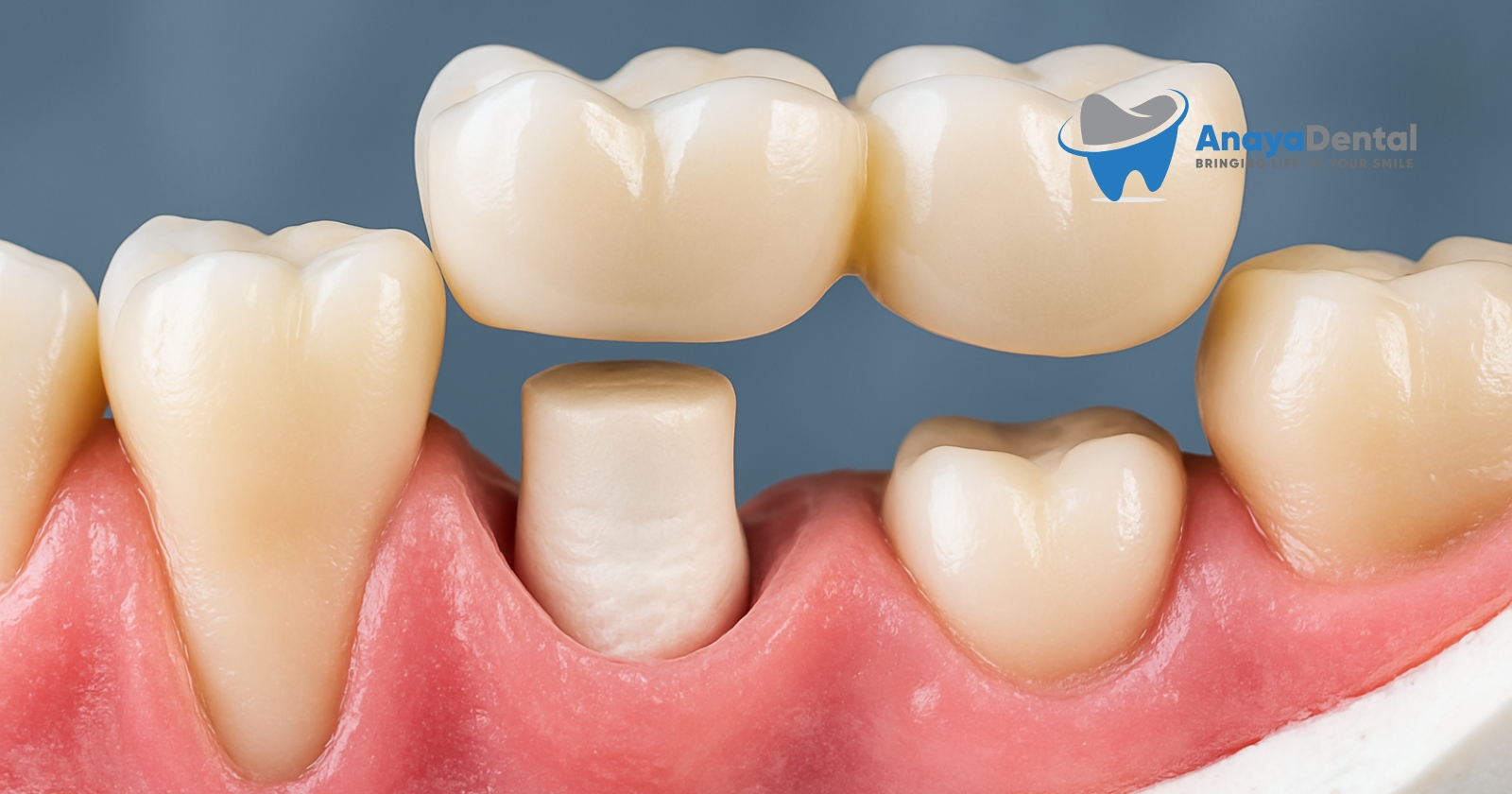When tooth damage extends beyond what a simple filling can handle but doesn’t quite require a crown, a metallic inlay might be your ideal solution. Specifically, a D2530 inlay—the dental code for a metallic restoration covering three or more tooth surfaces—offers durability and longevity that makes it worth considering. But how much will it cost, and can you afford this procedure if your dentist recommends it?
What Exactly Is a D2530 Metallic Inlay?
A D2530 metallic inlay is a custom-made dental restoration that fits inside your tooth to repair moderate decay or damage. Unlike direct fillings which are molded in your mouth during a single visit, inlays are crafted in a dental laboratory based on precise impressions of your tooth.
The “three or more surfaces” designation refers to the anatomical parts of the tooth being restored. Teeth have five potential surfaces:
Try Our Dental Calculators
- Occlusal (biting surface)
- Mesial (surface toward the midline)
- Distal (surface away from the midline)
- Buccal/facial (surface facing the cheek)
- Lingual (surface facing the tongue)
When damage spans at least three of these surfaces, dentists use the D2530 code for insurance billing and documentation.
Why Your Dentist Might Recommend This Procedure
Your dentist may suggest a metallic inlay when:
- The decay or damage is too extensive for a standard filling
- You need a restoration with superior strength and durability
- The damaged area includes complex contours that benefit from laboratory fabrication
- You have a history of failed fillings in the same tooth
Research shows metallic inlays have a success rate of approximately 95% after 10 years, making them significantly more durable than composite fillings, which have a 50-80% success rate over the same period, according to a study published in the Journal of the American Dental Association.
The Procedure: What to Expect
The D2530 inlay procedure typically requires two appointments:
First Appointment
- The dentist administers local anesthesia to ensure comfort
- Removal of decay and damaged tooth structure
- Creation of a detailed impression of the prepared tooth
- Placement of a temporary restoration to protect the tooth
Second Appointment (1-2 weeks later)
- Removal of the temporary restoration
- Testing the fit of the custom metallic inlay
- Permanent cementation of the inlay
- Final adjustments to ensure proper bite alignment
Recovery is typically quick, with most patients resuming normal activities immediately after the procedure.
Common Materials Used for D2530 Inlays
Metallic inlays can be made from several different materials:
| Material | Advantages | Disadvantages |
|---|---|---|
| Gold Alloy | Exceptional durability (30+ years), gentle on opposing teeth, minimal wear | Higher cost, metallic appearance |
| Silver Amalgam | Cost-effective, highly durable, well-established track record | Metallic appearance, potential for thermal conductivity, controversial in some circles |
| Other Metal Alloys | Good durability, lower cost than gold | Varying properties depending on specific alloy composition |
Understanding the Costs of a D2530 Inlay
The financial aspect of dental work often concerns patients most. A D2530 metallic inlay typically costs between $650 and $1,200 per tooth, with several factors affecting the final price:
- Geographic location (urban centers typically charge more)
- Dentist’s experience and expertise
- Specific metal used (gold inlays cost more than other metals)
- Laboratory fees
- Additional procedures that might be necessary
Payment Options to Make Treatment Affordable
Dental Insurance Coverage
Most dental insurance plans categorize inlays as “major restorative procedures” and typically cover 50-80% of the cost, usually after you’ve met your deductible. However, many plans impose:
- Annual maximum benefits (often $1,000-$1,500)
- Waiting periods for major procedures (typically 6-12 months)
- Pre-existing condition clauses
Always verify your coverage specifics with your insurance provider before proceeding with treatment.
Alternative Payment Methods
If insurance doesn’t fully cover your needs, consider these options:
- Dental Savings Plans: Membership programs offering 15-50% discounts on various procedures
- Flexible Spending Accounts (FSAs): Tax-advantaged accounts for healthcare expenses
- Health Savings Accounts (HSAs): Similar to FSAs but with different rules and benefits
- CareCredit: A healthcare-specific credit card with promotional interest-free periods
- Payment Plans: Many dental offices offer in-house financing options
- Dental Schools: Reduced-cost treatment performed by supervised students
When to Choose a D2530 Inlay vs. Other Restorations
Understanding your options helps you make informed decisions about your dental care:
| Restoration Type | Best For | Approximate Cost | Longevity |
|---|---|---|---|
| Composite Filling | Small to moderate decay, front teeth | $150-$300 | 5-7 years |
| D2530 Metallic Inlay | Moderate decay, 3+ surfaces, back teeth | $650-$1,200 | 15-30 years |
| Porcelain Inlay | Moderate decay, visible teeth | $650-$1,200 | 15-20 years |
| Crown | Extensive decay, weakened teeth | $800-$1,500 | 15-30 years |
Maintenance and Longevity
With proper care, your metallic inlay can last 15-30 years. To maximize its lifespan:
- Maintain excellent oral hygiene (brushing twice daily, flossing once daily)
- Attend regular dental checkups every 6 months
- Avoid chewing extremely hard items (ice, hard candy, etc.)
- Consider wearing a nightguard if you grind your teeth
- Follow any additional maintenance recommendations from your dentist
Quick Review
A D2530 metallic inlay offers a durable, long-lasting solution for moderate tooth damage affecting three or more surfaces. While more expensive than standard fillings (typically $650-$1,200), these restorations provide superior longevity and strength. Insurance usually covers 50-80% of the cost, and numerous payment alternatives exist if you need additional financial assistance. The procedure requires two appointments and results in a restoration that can last decades with proper care.
Remember to discuss all available options with your dentist to determine whether a D2530 metallic inlay is the best choice for your specific dental situation.


